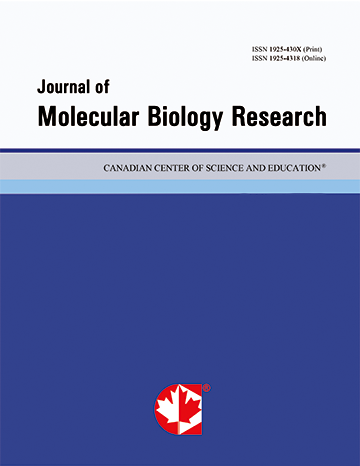Chromosomal Q-Heterochromatin and Atherosclerosis
- A. I. Ibraimov
Abstract
We suppose that at study of the pathogenesis of atherosclerosis, it is possible that some evolutionary aspects of the problem are missed. This aspect is related to the peculiarity of human adaptation to climatic geographic conditions of Eurasia, which differ significantly from the climate of East Africa, where Homo sapiens was formed as a tropical biological species and so it has remained to this day. A hypothesis has been put forward that the pathogenesis of atherosclerosis is associated with some previously unknown features of the genome and the physical properties of the human body that arose in the process of its adaptation to a mild and cold climate. These adaptive genetic changes that have contributed to the development (settling) by Homo sapiens of non-tropical, including cold and high mountain areas of the Earth, resulted to the fact that a man became the single species vulnerable (predisposed) to atherosclerosis.
Atherosclerosis is apparently a purely human disease that appeared after adaptation of man to climatic conditions of temperate and northern latitudes of the northern hemisphere. The type of vessels (arteries or veins) and the site of their lumen have no role in the development of atherosclerotic changes. The primary and main causative factor in the development of atherosclerosis is blood temperature. The degree of blood cooling in the lungs depends on geographical latitudes and altitude above sea-level of the site of permanent residence of man. The preclinical stage of atherosclerosis may develop into a pathological form predominantly in individuals in the genome of which the amount of chromosomal Q-heterochromatin material is higher than its mean value per individual in the population.
- Full Text:
 PDF
PDF
- DOI:10.5539/jmbr.v7n1p143
Index
Contact
- Grace BrownEditorial Assistant
- jmbr@ccsenet.org
